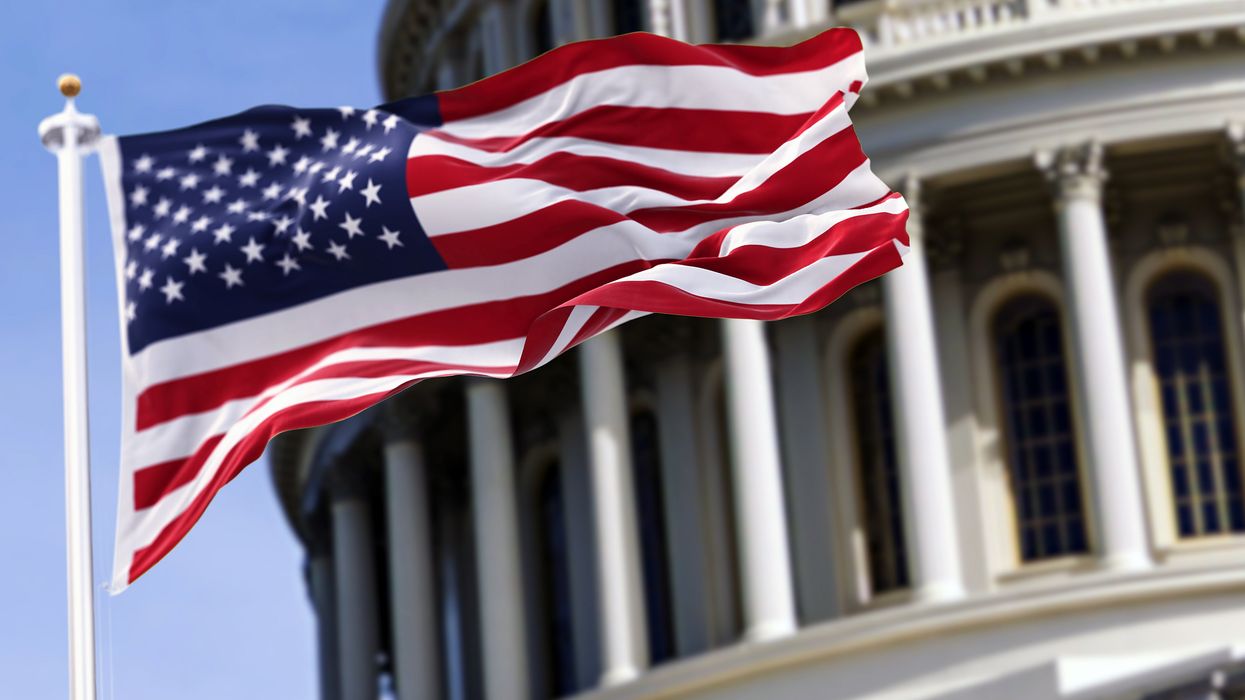Civic culture shapes how we treat one another and whether we care for our community. It shapes how we show up to solve common problems and whether we can disagree without hating one another.
The 2024 election reminded us of the deep fissures in our nation’s civic culture. At times it seems Americans are speaking different languages — based not on heritage but on partisan leanings — or that the dominant narratives of division are the only path forward.
But so much of this country is yearning for a different culture, a healthier way of being America. And countless community members are already doing so, even if they’re not getting the mainstream media coverage they deserve.
Our nation needs new “stories of us” that give common purpose and show how a stronger civic culture is possible — and happening. On Monday, Dec. 9, Citizen University will host a workshop for storytellers, journalists and content creators to explore how to tell "Stories of Us” that strengthen our social fabric and help America find a way forward.
The workshop is for trusted messengers who are telling stories that help Americans feel more hopeful, activated and sustained in fortifying their communities and strengthening democracy, such s:
- Journalists and writers who cover topics around strengthening their communities and our democracy.
- Storytellers and content creators who use their platforms to shape American consciousness for the common good.
- Civic-minded Americans who are using their voice to catalyze more unifying and trust-building activity.
These civic practitioners will share a wealth of resources, tips and examples from the field of civic storytelling, messaging, and journalism:
- Eric Liu, co-founder and CEO of Citizen University will discuss “Why civic culture.
- Kevin Singer, communications support lead for Philanthropy for Civic Engagement will talk about “How Americans perceive civic language.”
- Aya Taveras and Brooke Moreland, director of community and director of learning and design (respectively) at Cinereach will focus on “Civic storylines that change culture.”
- Shia Levitt of News Ambassadors will talk about “Complicating the Narrative for good.”
Register now.




















